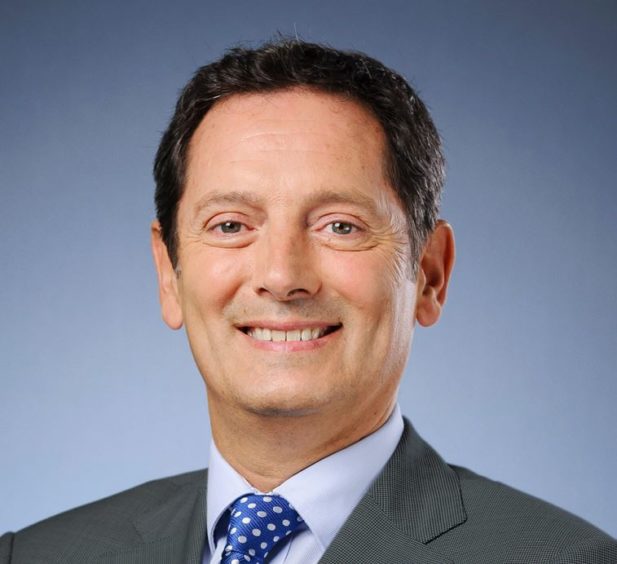
Energy services giant (NYSE: SLB) Slb has made a “strong” start to the year, with first quarter pre-tax income of $1.2 billion.
While that’s a slight drop on the $1.3bn posted for the fourth quarter of last year, it’s a large increase on Q1 2022, when the group made $638 million.
For the first three months of 2023, Slb, formerly Schlumberger, reported revenue of $7.7bn, a 30% year on year rise.
Cash flow from operations was $330 million, with the Houston-headquartered company’s board approving a quarterly cash dividend of $0.25 per share.
Slb chief executive Olivier Le Peuch said: “I am very pleased with our start to 2023. We delivered strong year-over-year revenue growth and margin expansion at a scale that instills further confidence in our full-year financial ambition. The quarter was defined by strong activity dynamics offshore and in the broader international basins, most notably in Well Construction and Production Systems.
“Compared to the same period last year, revenue grew 30%; adjusted EBITDA increased 43%; EPS—excluding charges and credits—increased 85%; and pretax segment operating margin expanded 298 basis points (bps). All Divisions grew, both in North America and in the international markets, reflecting the strength of our portfolio across geographies and business lines. Revenue growth surpassed rig count growth both in North America and internationally—representing the highest year-on-year quarterly growth in more than a decade.”
Schlumberger announced plans to rebrand to Slb in October in a bid to underline its transformation from an oilfield services group to a global technology company.
On the energy transition side, the firm secured a contract with supermajor Eni last year, to supply CO₂ injection trees and wellheads for the HyNet Northwest carbon capture and storage project.
Its legacy oil and gas division still form a key part of the business though, and Slb recently struck a pact with Orcadian Energy to deliver dozens of wells on its flagship Pilot field in the North Sea.
Looking ahead, the group, which has a number of north-east bases, is preparing for a “very constructive multiyear outlook”.
Mr Le Peuch said: “The international and offshore markets continue to experience a strong resurgence of activity driven by resilient long-cycle development and capacity expansion projects. In contrast, the North American land market, which has led this upcycle in the early innings, could potentially result in an activity plateau in 2023 due to lower gas prices and capital restraint by private E&P operators.
“On balance, the global activity outlook for the full year remains very solid. Through the first quarter, the resilience, breadth, and durability of this upcycle have become more evident, particularly in the international markets. These attributes are highlighted by the following factors.
“First, there is broader recognition of the positive long-term demand outlook for oil and gas and the potential for a stronger demand rebound in the second half of the year. In addition, recent OPEC+ decisions continue to keep commodity prices at supportive levels—providing operators increased confidence to execute their projects.
“Second, broad-based investments to expand oil capacity and diversify gas supply have been reinforced by the capex plans recently announced by major IOCs and NOCs. Most of the announced budgets highlight a significant increase in spending that supports multiyear activity growth in key resource basins all over the world. In fact, we expect investments will become even more extensive internationally as the pursuit of supply diversity remains a global priority and gathers greater urgency.
“And third, the durability of the current cycle is underscored by the nature of the ongoing investments with the emergence of gas as a long-term energy transition fuel and enabler of energy security, the prominence of long-cycle projects, and the pivot to the Middle East and offshore basins as the anchors of supply growth. Finally, the return of global exploration and appraisal will likely extend this cycle of investment for a number of years.
“Taken together, these market dynamics play to our strengths and create an advantaged position for SLB. Our strategy, global footprint, unique integration capabilities, and portfolio actions have strengthened our ability to support our customers.”
Recommended for you



 © Supplied by SLB
© Supplied by SLB